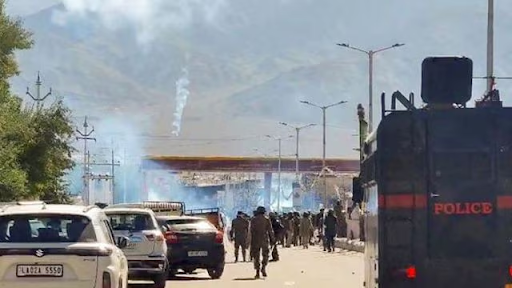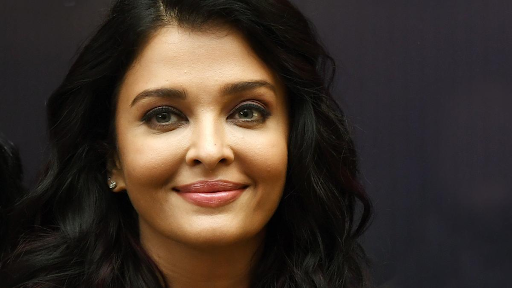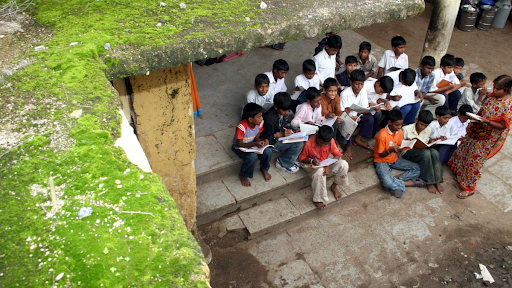



The Centre's approval of a caste census after 90 years aims to update data for better policy-making, social justice, and affirmative action. It faces challenges like training, misinformation, and classification complexities. The new data may fuel demands to raise reservation limits and sub-categorize OBCs based on population share.

Copyright infringement not intended
Picture Courtesy: THE HINDU
Centre approves caste census after 90 years, sparking political, social, and policy debates.
A caste census involves collecting data on the caste identities of the population during the national census, which occurs every ten years.
Unlike regular censuses that count people and gather details like age, sex, and religion, a caste census specifically records each person’s caste or sub-caste.
The Union Cabinet, led by the Prime Minister, announced that the upcoming census will include caste count for the first time since 1931.
Informed Policy-Making => The census will provide accurate data on the population size and socio-economic status of each caste. This helps design targeted welfare schemes, such as education subsidies or job programs, for marginalized groups.
Refining Affirmative Action => Reservation policies, which allocate quotas in education, jobs, and politics for SCs, STs, and OBCs, depend on outdated 1931 census data. A new caste count will update these figures, ensuring quotas reflect current demographics. For example, the Mandal Commission used 1931 data to recommend a 27% OBC quota, but fresh data might justify adjustments.
Promoting Social Justice => By disclosing caste-based inequalities, the census can guide efforts to uplift backward classes. States like Bihar found OBCs and Extremely Backward Classes (EBCs) form 63% of their population, this prompted demands for better representation.
Academic and Research Insights => Caste data supports studies on social hierarchies, helping academics and policymakers understand caste dynamics across regions and religions.
Empowering Marginalized Groups => Accurate caste numbers can strengthen demands for proportional representation in politics and jobs, aligning with the slogan, “jitni abaadi, utna haq” (rights based on population share).
Delayed Census Timeline => The 2021 census was postponed due to COVID-19, and no firm dates exist for the next one. Adding caste enumeration requires extra preparation, potentially delaying the process further.
Training Enumerators => Over 21 lakh enumerators need retraining to handle digital tools and caste-related questions. Many trained for the 2020 census have retired or moved on, requiring fresh recruitment and training.
Misinformation Risks=> In an era of rampant misinformation, false narratives on platforms like WhatsApp could undermine trust in enumerators. For example, viral messages might claim enumerators are collecting data for fraudulent purposes. Robust public awareness campaigns are essential to counter this.
Technological Updates => The census will use digital forms, a first planned for 2020. Adding a caste field and menu requires software updates and pilot testing, adding to the preparation time.
Creating a Caste Directory => Unlike the 2011 SECC, which used open-ended caste questions (resulting in 46 lakh responses, often surnames), the census will likely use a drop-down list of castes. Compiling this list is complex due to:
Religious Dimensions=>The census must decide how to handle non-Hindu groups (e.g., Muslims, Christians) who may claim caste-based benefits.
Data Accuracy and Disputes => Enumerators record self-declared caste names without verification, risking errors. Inconsistent reporting or disputes over caste categorization could lead to litigation, as seen in Karnataka, where Vokkaliga and Lingayat communities challenged the state’s caste survey.
Balancing Social Harmony => Critics argue a caste census might deepen caste divisions, countering the Constitution’s aim to reduce caste-based discrimination.
Current Reservation Framework
The Constitution allows reservations for SCs, STs, and OBCs under Articles 15 and 16, but the Supreme Court’s 1992 Indra Sawhney judgment capped total reservations at 50% to balance merit and social justice. Currently, the Centre provides 15% for SCs, 7.5% for STs, 27% for OBCs, 10% for EWS, totaling 59.5%.

Pressure to Breach the Cap
Fresh caste data might reveal OBCs or other groups form a larger population share than assumed. For example, Bihar’s 2023 survey showed OBCs and EBCs at 63%, and Karnataka’s survey pegged OBCs at 70%. This has fueled demands to raise quotas, as seen in Karnataka’s push for a 51% OBC quota.
Sub-Categorization
The census might support “quota within quota” demand, dividing OBCs into dominant and marginal groups. The Justice Rohini Commission recommended this, and states like Bihar are experimenting with sub-categorization.
Must Read Articles:
Cabinet Approves Caste Census 2025
Source:
|
PRACTICE QUESTION Q. Caste remains a deeply embedded social structure that influences mobility and opportunity. Argue whether counting caste is a progressive step toward dismantling systemic inequities or a regressive move that entrenches divisions. 250 words |






© 2026 iasgyan. All right reserved